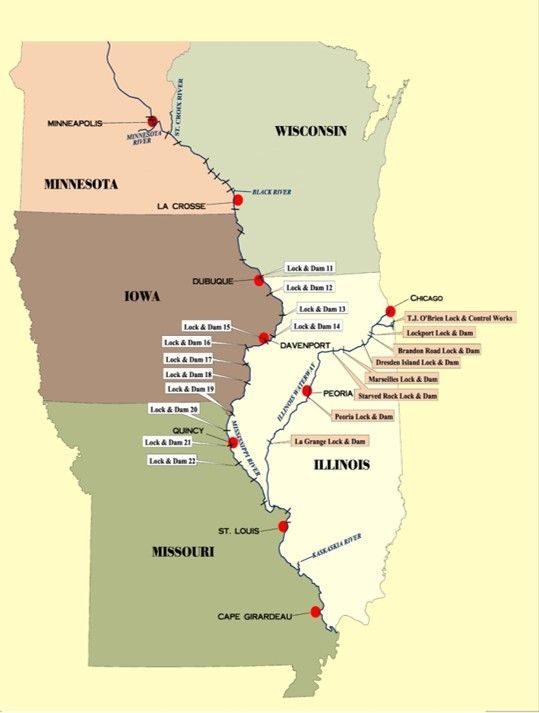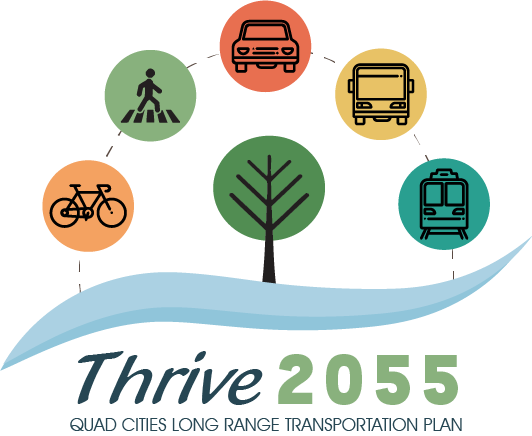 April 22, 2015 – Tom Heinhold, Deputy Chief, Operations Division at the U.S. Army Corps of Engineers (COE) – Rock Island District, spoke on the challenges and opportunities for maintaining and improving the infrastructure on the Mississippi River. On the 1,200 mile Mississippi River navigation system, there are 37 lock sites predominately built between 1930 and 1945. Aging and decaying infrastructure coupled with limited federal appropriations presents a number of challenges in maintaining this vital marine highway system.
April 22, 2015 – Tom Heinhold, Deputy Chief, Operations Division at the U.S. Army Corps of Engineers (COE) – Rock Island District, spoke on the challenges and opportunities for maintaining and improving the infrastructure on the Mississippi River. On the 1,200 mile Mississippi River navigation system, there are 37 lock sites predominately built between 1930 and 1945. Aging and decaying infrastructure coupled with limited federal appropriations presents a number of challenges in maintaining this vital marine highway system.
The Upper Mississippi River (UMR) carries more than 600 million tons of cargo each year. With the completion of improvements to the Panama Canal in 2016/17, opportunities may be present to increase river navigation and move more products. Barge transportation is the least expensive mode for bulk commodities and the most green transportation option. Mr. Heinhold cited the cost savings for industry as $23.74 per ton for traffic moving through the UMR.
U.S. Inland Waterway Trust Fund supports a portion of the system. In 2014, the navigation fuel tax was raised from $0.20 to $0.29 per gallon. The last increase was in 1984. Mr. Heinhold explained there are three main pro
Mr. Heinhold noted upcoming work on the river navigation system, as well as spoke of the backlog of projects. Work in FFY 2015-16 includes:
- Lock 9 winter 2016 dewatering
- Lock 13 winter 2016 dewatering
- Locks 14-17 bulkhead recesses FY 15-16
- Lock 21 winter 2016 dewatering
- Locks 12, 14, 15 Miter Gates FY 15-16
- Dam 18 Concrete Repairs FY16
- Lock 15 and 21 Guidewall Repairs FY16



